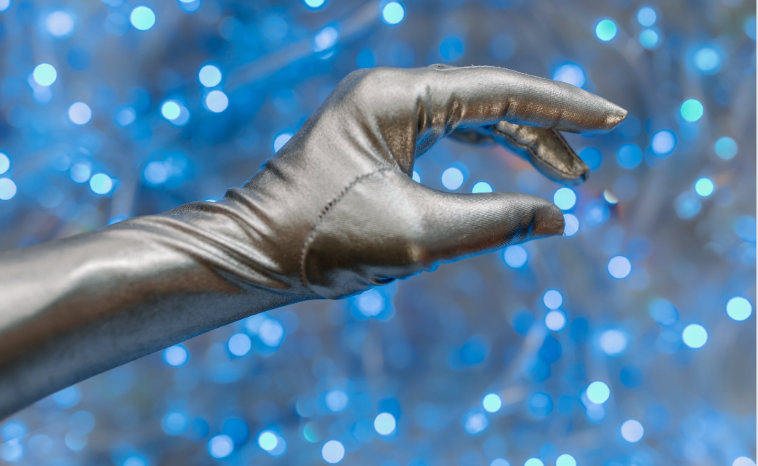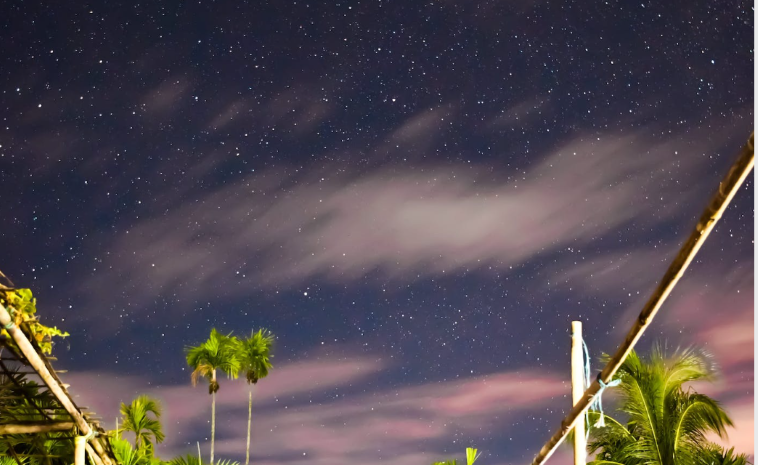New from Interstellar space-Possible meteor discovery!

Searching the bottom of the ocean with a magnetic sled near the island nation of Papua New Guinea, a group of scientists collected more than 700 unusual metal balls.
Searching the bottom of the ocean with a magnetic sled near the island nation of Papua New Guinea, a group of scientists from Harvard University led by astrophysicist Avi Loeb collected more than 700 metal balls (spherules), which scientists believe originate from outside the Sun system.
This assumption has yet to be proven, and to that end, the balls were sent for detailed analysis to laboratories at Harvard, as well as at least two other independent laboratories.

The balls are tiny, less than a millimeter in diameter, and according to the initial assumption, they were created by the disintegration of an interstellar meteorite.
A team of researchers was able to determine the meteorite’s entry location in the South Pacific based on data from the US Department of Defense and seismic readings from two nearby sites. The entire research mission lasted about 10 days.
The research team expects the laboratories to determine the composition of the balls and if it differs significantly from the composition of any known object in the Solar System – then this would be a clear sign that the objects do not come from the Solar System.
In that case, the spheres would be the third objects found to be from interstellar space. The first is the asteroid Oumuamua, and the second is the comet Borisov.

We can expect news about this in about a month, when the Loeb team will offer an article to one of the peer-reviewed journals.
However, some of Loeb’s colleagues have strong reservations about the interstellar origin of these spherules. Some dispute that origin to the parent body itself.
In addition, according to the data of the Ministry of Defense, that body flew into the Earth’s atmosphere at a speed of 45 km/sec – which would have led to its almost complete combustion and over 99% of the material would have evaporated before it touched the ground.
However, Loeb and his colleagues stand by their claims, citing inaccurate data available to their opponents.
It remains, therefore, to wait for new data. Much is expected from the new Vera Rubin telescope, which should be operational in 2025.

